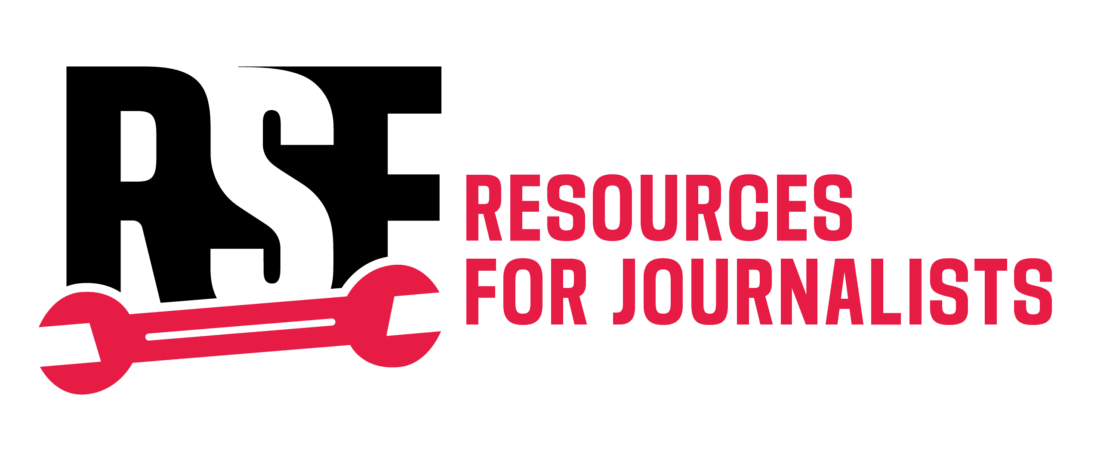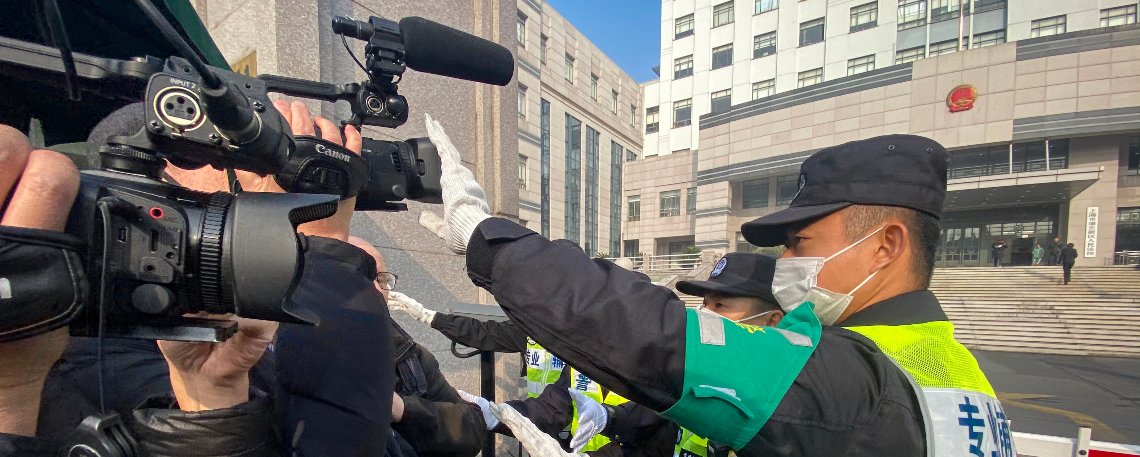High-risk assignments for journalists mean working in conditions where the likelihood of physical harm (death, injury or serious illness) is significantly higher than normal. These include:
- Hostile environments: dictatorships, zones of conflict, insurgency or high crime, and also regions of extreme climate or terrain (jungle, polar regions, desert).
- Dangerous events, such as violent demonstrations, riots, terrorist attacks, or chemical, biological or nuclear accidents, natural disasters (earthquakes, hurricanes, floods) or pandemics.
- High-risk activities such as investigations into terrorist groups, mafias or violent extremists and/or working under cover.
Journalists as targets
More than 750 journalists have been killed since 2005 in the course of, or as a result of, their work. They have been targeted because they are journalists and their stories and investigations are a threat to the propaganda of one side or the other. Syria provides a sombre case study of such persecution. Since 2012, it has been among the three most deadly countries for journalists, and editors are increasingly reluctant to deploy staff there in light of the growing risks that they might be kidnapped, taken hostage or even beheaded.
The rapid progress in information and communications technology has given rise to a new danger for journalists: surveillance of their reporters without borders 14 reporters without borders 14 activities and interception of their data. Digital safety is a constant challenge and we devote a whole chapter (Chapter 4) to it in this edition.
Female journalists face a two-fold threat
As the media have increasingly opened up to women, another danger has arisen: sexual harassment and violence. A violent attack on a war reporter from the CBS television network in Cairo’s Tahrir Square in 2011 helped to remove the taboo on sexual violence against female journalists. According to a study by the International Women’s Media Foundation (IWMF), carried out among 977 female journalists between August 2013 and January 2014, almost one respondent in two said they had been the target of sexual harassment in the course of their work. Although such pressure occurred mainly in the office, it also happened on reporting assignments and at press conferences. In the same study, one respondent in seven said they had been subjected to physical harassment – mainly molestation – and eight in 10 said they did not report the incidents, with some saying they feared that would make them more traumatising.
The Director-general of UNESCO, Irina Bokova, has described such violence against female journalists as a “double attack”, as a result of their sex as well as their profession. In the light of this, UN Security Council resolution 2222 passed on 27 May 2015 notes the “specific risks” to which female journalists and media workers are exposed in the conduct of their work and calls for the importance of gender when considering measures to ensure journalists’ safety during armed conflict.


